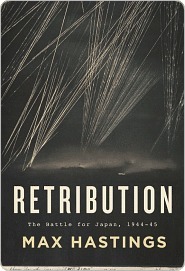Americans came to expect in the Pacific a favourable exchange rate of one U.S. casualty for every six or seven Japanese. They were dismayed when, on Iwo Jima and Okinawa, the enemy fared better, losing only in the ratio of 1.25:1 and 1.3:1, respectively, though almost all the Japanese losses were fatal, compared with less than one-third of the American. Pervading U.S. strategy was a cultural conceit about the necessary cost of victory. This proved justified, but should not have been taken for granted in a conflict between major industrial nations.
Welcome back. Just a moment while we sign you in to your Goodreads account.


